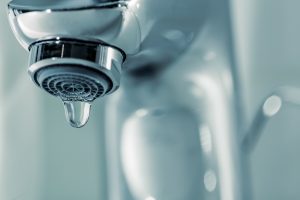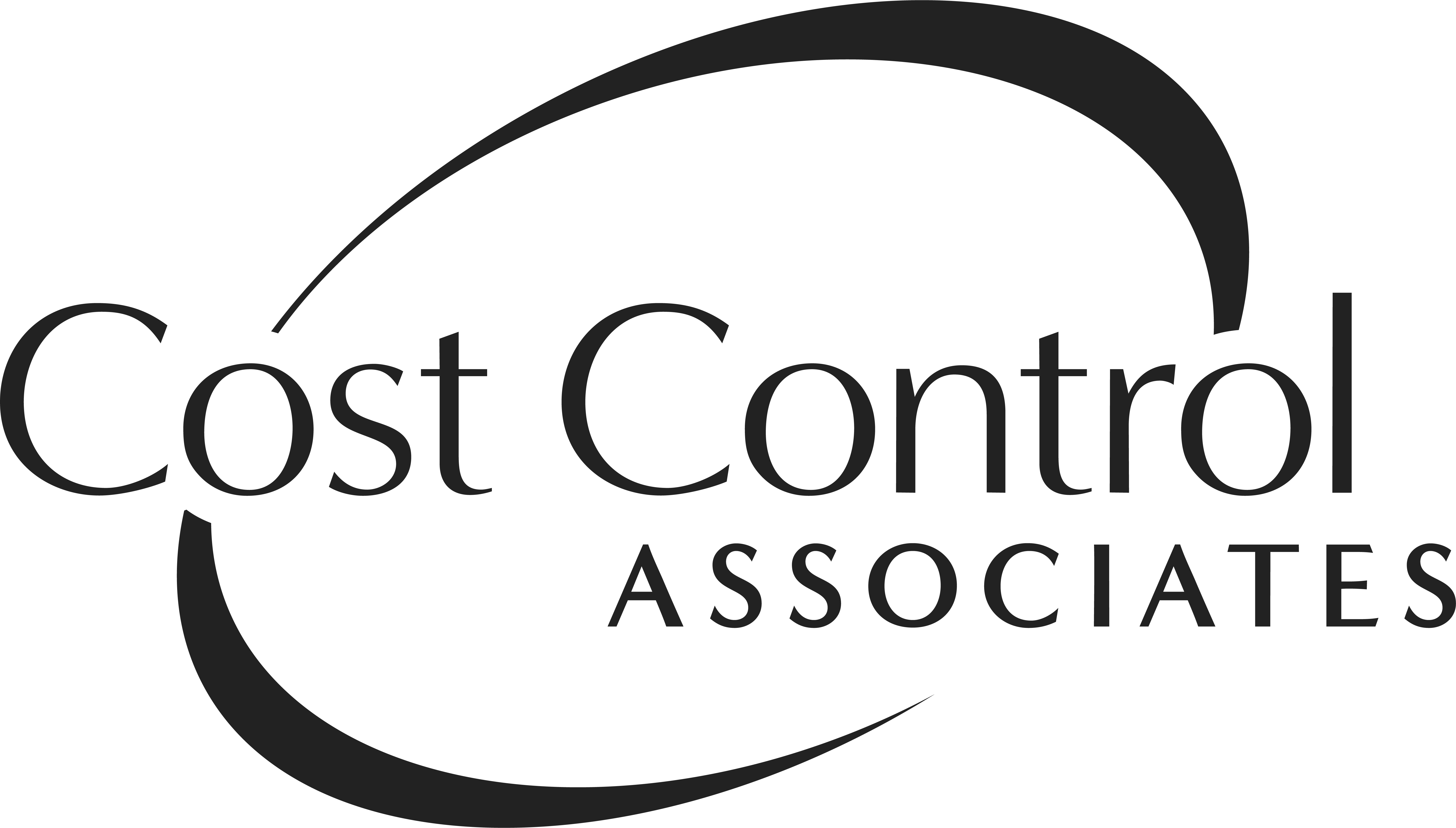Every business wants to pay less for water and sewer. Water plays an integral role in the life of any organization and falls into the budget category of necessary expenses. Some facilities use more than others, but whether you use water to make the morning coffee or to enhance industrial processes, your business pays for it.
The price of water is rising. The price includes the costs of water treatment, distribution, meter reading, billing procedures, environmental fees and administrative costs. Another price factor is the debt load carried by water utilities that must spend money to shore up the aging infrastructure that delivers their product. Droughts, contamination and climate warming affect the supply of water and further drive the price upward. The price you pay is also related to your geographic location and the availability of local water sources.
When you draw on the water piped into your facility, it passes through a water meter that measures your usage. The water company bills you for the water you use. It often uses the same measure to determine your sewer charges, too.
Because every business uses water differently, there are potential cost savings if you know where to find them. Consider these tips to cut water and sewer costs.
1. Look for Water Leaks and Waste
Freezing temperatures can wreak havoc on your pipes. Water lines and irrigation systems can suffer pipe damage during cold weather when water freezes and expands. If your water bill seems unusually high or changes suddenly, you may have a leak. If you notice a steady increase in your usage, contact your water company. They can help you identify a leak at your facility.
After repairing leaks, appeal to your sewer utility for a possible refund. You still have to pay for the incoming water, but you may earn a sewer refund when you provide proof of the repair.
Regularly check restrooms for running toilets or dripping faucets. Older toilets use as many as five gallons per flush; a water-saving toilet can cut that by 30%. Install water-efficient appliances. Aerators added to faucet heads mix air with water to deliver a similar feeling of impact while cutting flow as much as 25% per minute.
2. Does Water In Equal Sewer Out?
What goes in must come out, right? Not necessarily! In many cases it is assumed that the water piped in equals the water going into the sewer. Many water utilities bill their customers this way, but the equation doesn’t balance for facilities where water is used for manufacturing processes, watering lawns or other daily practices that result in evaporation.
This can leave you paying for more sewer than you actually use. Upon request, your water and sewer provider may allow the installation of a sub-meter to measure the water that actually enters the sewer system. Before installation, you should make sure that your sewer company agrees to use the sub-meter readings.
3. Use Irrigation Systems Properly
If your water company offers an irrigation rate, no sewer fees are associated with that water usage. So, if your business has an irrigation system, make sure you use it. If employees forget and use the nearest hose or faucet, you may end up paying sewer fees after all.
If you don’t have a separately installed irrigation system but can prove to your sewer company that a significant percentage of your water is used for irrigation, the company may offer a sewer abatement. The amount of the abatement can be determined through the installation of sub-meters that measure the water going into the sewer or by doing a comparison of seasonal changes in water consumption.
4. Explore Water Budget Options
If your operation is a seasonal water user, ask your water utility if it offers a monthly budget plan. Similar to your electric and gas service, you may be able to pay the same budgeted amount every month based on your usage averaged over the year. This spreads out your costs and softens the blow of a suddenly large in-season bill.
Another option is to bring in water from another source for a one-time payment. When filling the pool in your apartment complex or hotel, hire a pool company that specializes in filling swimming pools. You will pay for the water, but it will not interfere with your usual water utility payments or affect your budget plan. This water will also bypass sewer charges.
5. Use Less Water
You will pay less if you use less, so encourage the team at each of your facilities to develop plans for water reduction. Initial solutions involve fixing leaks, restricting water flow and installing water-efficient toilets, faucets and equipment.
The price and availability of water is based on local circumstances. So, if you operate a geographically broad, multi-state business, it makes sense to begin a water reduction plan locally. Efforts at individual facilities can add up to big savings corporate-wide. Broader, long-term solutions might include developing less water-intensive processes for manufacturing and industry. Levi’s, the famous maker of blue jeans, developed new techniques to cut back on water usage by as much as 96%.
6. Outsource Your Water Worries
If you want to pay less for water and sewer or don’t trust that your charges are accurate, consult an outside firm that specializes in analyzing invoices for billing errors, incorrect taxes applied, rates appropriate to usage, and suspicious or erratic meter readings that may indicate a problem. An experienced firm will recommend solutions customized to your unique circumstances.
Valerie Paquin is manager of energy services at Cost Control Associates. Since 1999 she has developed her utility-cost expertise for energy, water/sewer, telecom and waste removal. She earned the designation of project executive in 2012. Valerie received her ABA in accounting from State University of New York-Adirondack. Learn more.

